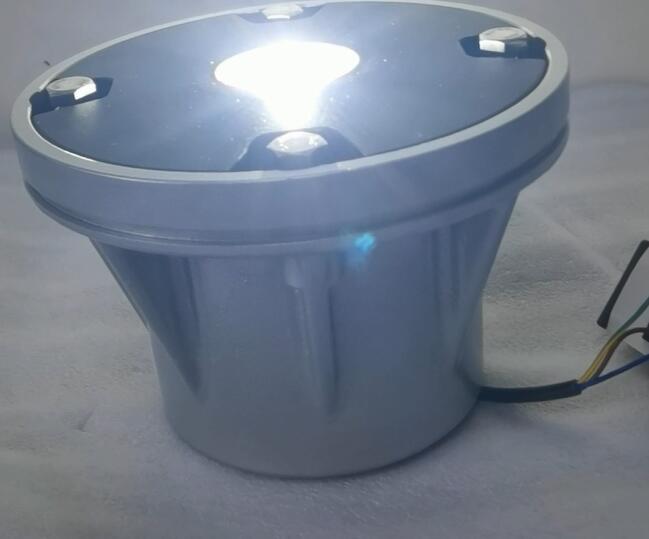When it comes to helipad operations, safety is paramount, and proper lighting plays a critical role in ensuring that safety. Helipad lighting suppliers provide the specialized products and expertise necessary to equip helipads with reliable and compliant lighting systems. Selecting the right supplier is essential to achieving operational efficiency and adhering to regulatory standards. This article explores the importance of helipad lighting suppliers, what to look for in a supplier, and how technological advancements are shaping the industry.
The Role of Helipad Lighting Suppliers
Helipad lighting suppliers are more than just product vendors; they are key partners in ensuring the safety and efficiency of helipad operations. They provide lighting systems designed to meet the specific needs of various types of helipads, whether located in urban centers, remote areas, or near critical infrastructure such as hospitals.
A reputable supplier not only delivers high-quality lighting products but also offers technical support, installation guidance, and maintenance services. Their expertise ensures that the lighting system complies with regulatory standards such as those set by the FAA or ICAO, helping operators avoid penalties and maintain a safe environment for pilots and passengers.

Key Products Offered by Helipad Lighting Suppliers
The range of products offered by helipad lighting suppliers typically includes:
1. Perimeter Lights
Perimeter lights outline the edges of the helipad, making it easier for pilots to identify the landing zone. These lights are crucial for operations during nighttime or in low-visibility conditions.
| helipad lighting suppliers |
| helipad lighting supplier |
2. Floodlights
Floodlights illuminate the helipad surface, ensuring that pilots can see obstacles, ground markings, and other critical details.
3. Approach Lights
Approach lighting systems guide pilots as they approach the helipad, enhancing alignment and reducing the risk of errors.
4. Obstacle Lighting
Obstacle lights mark hazards such as nearby buildings, antennas, or other structures that could pose a risk to helicopters.
5. Portable and Solar Lighting
For temporary or remote helipads, portable and solar-powered lighting systems provide a convenient and eco-friendly solution.
How to Select the Right Helipad Lighting Suppliers
Choosing a supplier involves careful evaluation of their offerings, reputation, and compatibility with your specific needs. Below are some factors to consider:
1. Compliance with Standards
Ensure the supplier’s products meet regulatory requirements such as those from the FAA or ICAO. This guarantees safety and operational legitimacy.
2. Product Quality and Reliability
High-quality products reduce maintenance needs and provide consistent performance. Look for suppliers that use durable materials and incorporate advanced technology.
3. Customization Options
Every helipad has unique requirements. A good supplier should offer customized solutions tailored to the specific layout, environment, and operational needs of your helipad.
4. Technical Support and Expertise
Suppliers that offer ongoing technical support, from installation to maintenance, add significant value. Their expertise ensures the system operates optimally throughout its lifecycle.
5. Sustainability Features
Suppliers who offer energy-efficient solutions, such as LED lights or solar-powered systems, help reduce environmental impact and operational costs.
6. Reputation and Reviews
Research the supplier’s reputation through reviews, case studies, or recommendations from other operators. Reliable suppliers often have a proven track record of success.
Technological Trends Among Helipad Lighting Suppliers
Helipad lighting suppliers are embracing technological advancements to meet the evolving needs of the aviation industry. Some notable trends include:
1. Smart Lighting Systems
These systems use sensors and automation to activate lighting only when needed, improving energy efficiency and extending the lifespan of the lights.
2. Wireless Control Solutions
Wireless technologies allow operators to control lighting systems remotely, enhancing flexibility and convenience.
3. Solar-Powered Lighting
Solar-powered systems reduce dependence on traditional energy sources, making them ideal for remote or temporary helipads.
4. Enhanced Visibility Features
Advanced optics and anti-glare coatings improve the visibility of lighting systems under challenging conditions, such as fog or heavy rain.
Challenges in Working with Helipad Lighting Suppliers
While helipad lighting suppliers play a crucial role, challenges can arise, including:
Budget Constraints
High-quality systems may involve significant upfront costs, making affordability a concern for smaller operators.
Compatibility Issues
Ensuring that lighting systems integrate seamlessly with existing infrastructure or navigation systems can be complex.
Regulatory Updates
Suppliers and operators must stay informed about evolving regulations to maintain compliance.
The Future of Helipad Lighting Suppliers
As aviation continues to advance, helipad lighting suppliers will play an increasingly important role in shaping the future of safe and efficient operations. Emerging technologies, such as AI-driven systems and advanced materials, are expected to further enhance the reliability and performance of helipad lighting solutions.
Helipad lighting suppliers are indispensable partners in creating safe and compliant helipad environments. By offering high-quality products, technical expertise, and innovative solutions, they enable operators to meet safety standards and enhance operational efficiency. Choosing the right supplier involves careful consideration of product quality, customization options, and support services, ensuring that your helipad lighting system is equipped to meet both current and future needs.